Chinese philosophy of beauty
2011-03-16 15:09:52
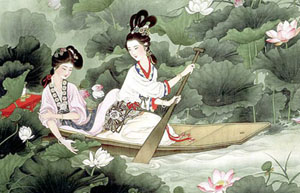 China is a country with an ancient civilization, and the modern Chinese standards of beauty often mimic those from thousands of years ago.
China is a country with an ancient civilization, and the modern Chinese standards of beauty often mimic those from thousands of years ago.
The Dazu grottoes
2011-03-16 17:40:51
 0ver 60,000 carved stone figures relating mainly to Buddhism are spread around 76 places within Dazu County 160 kilometres to the west of Chongqing.
0ver 60,000 carved stone figures relating mainly to Buddhism are spread around 76 places within Dazu County 160 kilometres to the west of Chongqing.
Shanxi mural
2011-03-15 17:44:49
 Mural painting is like an inexhaustible encyclopedia, and Shanxi Province boasts the most abundant mural paintings in China.
Mural painting is like an inexhaustible encyclopedia, and Shanxi Province boasts the most abundant mural paintings in China.
The elegant brush: a look at Chinese painting
2011-03-16 17:41:41
 Traditional Chinese painting has developed continuously over a period of more than six thousand years.
Traditional Chinese painting has developed continuously over a period of more than six thousand years.
Cutting through myth of ancient art
2011-03-16 09:52:11
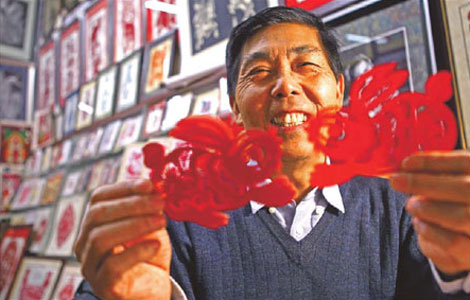 The easiest and cheapest way to add a little Chinese style to a home is to paste a pair of paper rabbits onto the windows, representing good luck in the Year of the Rabbit.
The easiest and cheapest way to add a little Chinese style to a home is to paste a pair of paper rabbits onto the windows, representing good luck in the Year of the Rabbit.
Pu-er: Yunnan's winning tea
2011-03-16 15:45:49
 Named after a town in Yunnan province, the place where it originated, pu-er tea is a winner of a tea.
Named after a town in Yunnan province, the place where it originated, pu-er tea is a winner of a tea.
Rite of birth
2011-03-16 15:09:52
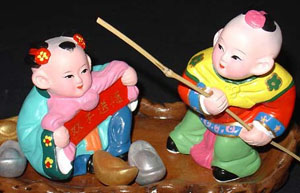 As the beginning rite of one's life, rite of birth consists of a series of ceremonies.
As the beginning rite of one's life, rite of birth consists of a series of ceremonies.
Plans for world's largest art gallery
2011-03-16 09:51:12
 The National Art Museum of China is to build the world's largest art gallery next to the Bird's Nest, it was revealed this week.
The National Art Museum of China is to build the world's largest art gallery next to the Bird's Nest, it was revealed this week.
Classic love stories from China
2011-03-15 14:45:14
 People, regardless of their culture and where they live, are always affected by sad, sentimental love stories.
People, regardless of their culture and where they live, are always affected by sad, sentimental love stories.
The God of Land
2011-03-14 17:07:48
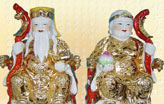 The God of Land may be the lowest-ranking and most unnoticed god of all divinities, but it’s one of the most-widely worshipped gods among the Chinese people.
The God of Land may be the lowest-ranking and most unnoticed god of all divinities, but it’s one of the most-widely worshipped gods among the Chinese people.
Beijing Hutongs
2011-03-14 17:07:48
 Hutong refers to lanes and alleys between the Siheyuan (courtyard with buildings on four sides) residences in Beijing.
Hutong refers to lanes and alleys between the Siheyuan (courtyard with buildings on four sides) residences in Beijing.
The Plum in the Golden Vase
2011-03-15 07:55:52
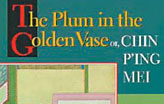 Jin Ping Mei was one of the quartet of classic novels in the Ming Dynasty (1368-1644) before A Dream of Red Mansions replaced it in the subsequent Qing Dynasty (1644-1911).
Jin Ping Mei was one of the quartet of classic novels in the Ming Dynasty (1368-1644) before A Dream of Red Mansions replaced it in the subsequent Qing Dynasty (1644-1911).